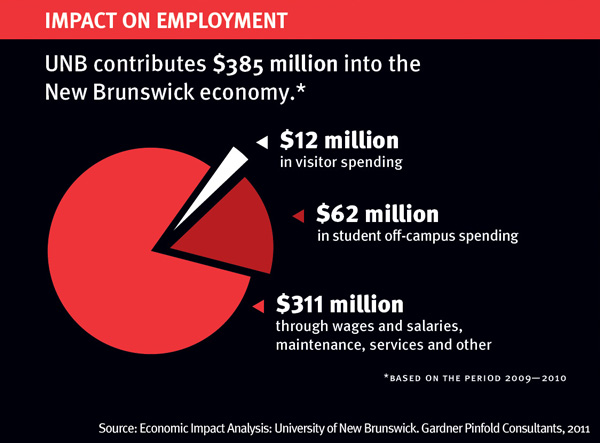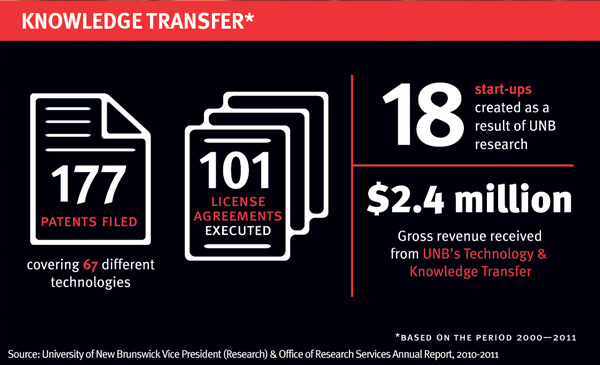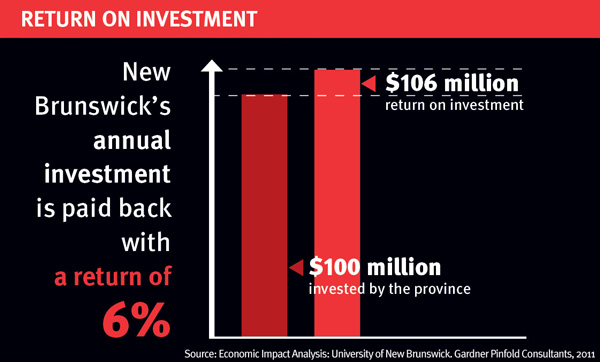Quick Facts

Our History
• UNB’s Fredericton campus, located in New Brunswick’s capital, was established in 1785; its Saint John campus, located in New Brunswick’s largest city, was established in 1964.
Our Faculties
• UNB has more than 75 undergraduate and graduate programs.
Our Research

• Close to 75 per cent of university research in New Brunswick happens at UNB.
Return on investment

Source: http://www.unb.ca/aboutunb/quickfacts.html

|
The Department of Anthropology at the University of New Brunswick in Fredericton invites applications for a tenure-track appointment in socio-cultural anthropology at the rank of Assistant Professor, with a preferred effective start date of July 1, 2016, subject to final budgetary approval. Candidates should hold a PhD in anthropology, demonstrate the potential for excellence in both teaching and research, and be willing to participate actively in service.
Reporting to the Executive Director of the UNB Associated Alumni, the Alumni Advancement Officer plays a lead role in the development and implementation of the Marketing and Communications strategy in support of the five-year Alumni Engagement Plan, and provides marketing and communications support to the Alumni office, including initiative-specific marketing communications campaigns and collateral.
This position is responsible for operation and training of users of light (confocal, wide-field epifluorescence, and various transmitted light modalities) and electron beam (both transmission and scanning) microscopes in a multi-user facility. Users are from throughout the Faculty of Science, as well as other fields and industry, but predominantly from the biological sciences.